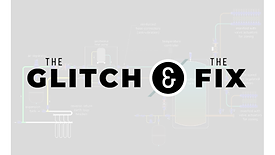Plumbing & Mechanical Contractor
John Siegenthaler: Extended manifold systems
Less tubing, less drilling, less fastening.
June 1, 2023
PM Profile: Canadian company brings first-ever recirculating shower to U.S. market
RainStick Shower can save 80% water and energy with twice the flowrate of a common shower.
May 26, 2023
PM Profile: Behind the NIBCO-Matco-Norca acquisition
Q&A with leadership dives into future plans for both companies.
May 24, 2023
Steering clear of snow
Elaborate system keeps driveway clean for Utah homeowner.
May 23, 2023
CASE STUDY
Linear shower drain systems help deliver project on schedule
Long lead times on fiberglass shower pans lead to a last-minute design alternative.
May 22, 2023
Inflation Reduction Act offers opportunities for plumbing contractors
ServiceTitan’s Chris Hunter discusses how contractors can grow their workforce and maximize existing labor to capitalize on opportunities presented by the IRA.
May 17, 2023
The USHGC: Putting the pieces together
The 2021 USHGC is one tool to help ensure high-quality radiant installations.
May 16, 2023
CASE STUDY
New Alaskan police station locks up heating efficiency and safety with PEX hydronic systems
Radiant heating and snow- and ice-melt system provide new station with safety and reliability.
May 15, 2023
Keep your content unclogged with our newsletters!
Stay in the know on the latest plumbing & piping industry trends.
JOIN TODAY!Copyright ©2025. All Rights Reserved BNP Media.
Design, CMS, Hosting & Web Development :: ePublishing















